Infrastructure was destroyed or severely damaged. Photo: Izvestia
Gaza Strip and the West Bank - Dual Goals in the “Greater Israel” Initiative
In early August, Israeli Prime Minister Benjamin Netanyahu announced in an interview with Fox News that Israel planned to “eliminate Hamas,” take control of the entire Gaza Strip, and then transfer the area to a “non-Hamas” entity. Just one day later, the Israeli security cabinet approved the plan to invade Gaza.
Since mid-August, Israel’s military strategy has taken on the appearance of a siege. Air strikes have intensified in Zeitoun, Shejaiya and Sabra; mop-up operations have taken place in Jabalia; and tens of thousands of reservists have been called up. The Israel Defense Forces (IDF) has confirmed that it has begun deploying ground troops into the outskirts of Gaza City, as the next phase of its overall campaign. However, amid widespread destruction of civilian infrastructure and food shortages, any signs of stability are overshadowed by the threat of a humanitarian catastrophe. International organizations have warned of the risk of widespread famine and have recorded rising civilian casualties.
The situation in Gaza cannot be separated from the structural changes in the West Bank. On July 23, the Israeli parliament passed a declaration extending sovereignty to Judea, Samaria and the Jordan Valley. Then, on August 20, the Israeli government approved the E1 project, a plan to build more than 3,400 housing units in the West Bank, raising international concerns about the prospect of a Palestinian state being wiped out.
Observers say that, when viewed as a whole, the Israeli government’s moves in Gaza and the West Bank are not two separate processes, but complementary parts of a unified strategy. In Gaza, the goal is extensive military control without a clear roadmap for “handing over the keys” to a civilian government; in the West Bank, it is a series of on-the-ground changes aimed at consolidating long-term sovereignty.
Without a legitimate and viable mechanism for civilian governance, “post-Hamas” Gaza risks becoming a “power vacuum,” where military success is easily overshadowed by political collapse. Meanwhile, in the West Bank, strategic moves like the E1 project and the Knesset’s declaration of expanded sovereignty are eroding the neutrality of status negotiations, moving them off the diplomatic table and onto the ground. The narrowing of the gap between these two fronts further diminishes the chances of a deal ending the war through institutions rather than military victory.
The IDF military operation has not yet been officially called an “occupation,” but developments on the ground suggest a deep involvement. Armor has entered the Sabra area, near the center of Gaza City, while artillery and air strikes have been used to clear the way. Israeli military officials see this as a preparation phase for a larger operation. Some 60,000 reservists have been called up since early September, signaling a prolonged campaign rather than a short one.
The wave of protests is growing
This military escalation coincided with significant diplomatic moves. On August 18, Hamas informed Egyptian and Qatari mediators that it was willing to accept a temporary ceasefire: a 60-day pause in hostilities, the release of 10 surviving hostages, and the return of the bodies of 18 dead, in exchange for Israel relaxing its prisoner policy and providing humanitarian aid. Israel rejected the proposal, demanding the return of all hostages. Prime Minister Benjamin Netanyahu ordered the “shortening of the time to control the last strongholds” and “defeat Hamas.”
The Israeli army launched a military operation in the Gaza Strip. Photo: Global Look Press
This strategy clearly carries a political message: either Hamas must make concessions in negotiations, or Israel can justify its occupation of Gaza City by force. However, there is a fundamental contradiction here between military and political logic. Without a clear political structure for the post-war period, who will govern Gaza, and with what roles and responsibilities, Israel’s military campaign risks repeating the unsolved problems of previous campaigns.
Prime Minister Netanyahu’s public declaration in August of his commitment to the concept of “Greater Israel” has provoked a wave of reactions from Arab capitals, not only at the diplomatic level, but also in terms of strategic orientation. From their perspective, the combination of military action in Gaza and settlement expansion in the West Bank is no longer a situation, but a deliberate strategy. In fact, nearly two years of conflict have not eliminated the threat from Hamas, while the military is not entirely unanimous. According to Kan TV, the Israeli General Staff has warned that a full-scale occupation would cause heavy casualties and could affect the fate of hostages. They proposed an alternative: encircling Gaza and gradually “breaking” the Hamas structure, instead of attacking it head-on.
The opposition has repeatedly issued warnings. Opposition leader Yair Lapid once said: “A new occupation of Gaza is a bad idea.” Political pressure on the Israeli government is increasing, both domestically and internationally. Western partners are seriously discussing the possibility of recognizing the State of Palestine at the United Nations General Assembly in September. This is seen as a strategically balanced response, both condemning Hamas extremism and opposing Israel’s tough military actions. And so, the closer we get to a military victory in Gaza, the more concrete the prospect of a two-state solution becomes internationally.
In a context of a prolonged conflict and mounting casualties, the urgent need is not just to determine who controls the ground, but to find a viable and sustainable political exit. It cannot be ignored that Israel’s military operations are taking place in urgent humanitarian conditions: infrastructure is destroyed, medical and food supplies are disrupted, and hundreds of thousands of civilians in Gaza are living in a state of extreme insecurity.
A peaceful solution cannot simply end the fighting, but must include civilian reconstruction, human rights protection and the restoration of trust between the parties. This requires a clear commitment not only from the forces on the ground, but also from the international community, especially influential countries, to build a legitimate, viable and comprehensive post-conflict mechanism.
Hung Anh (Contributor)
Source: https://baothanhhoa.vn/mot-cuoc-chien-nhieu-mat-tran-259375.htm


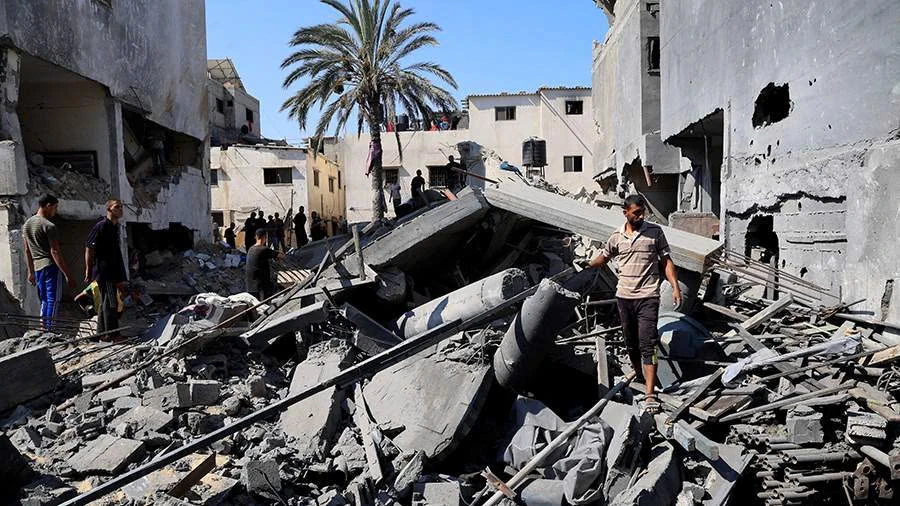
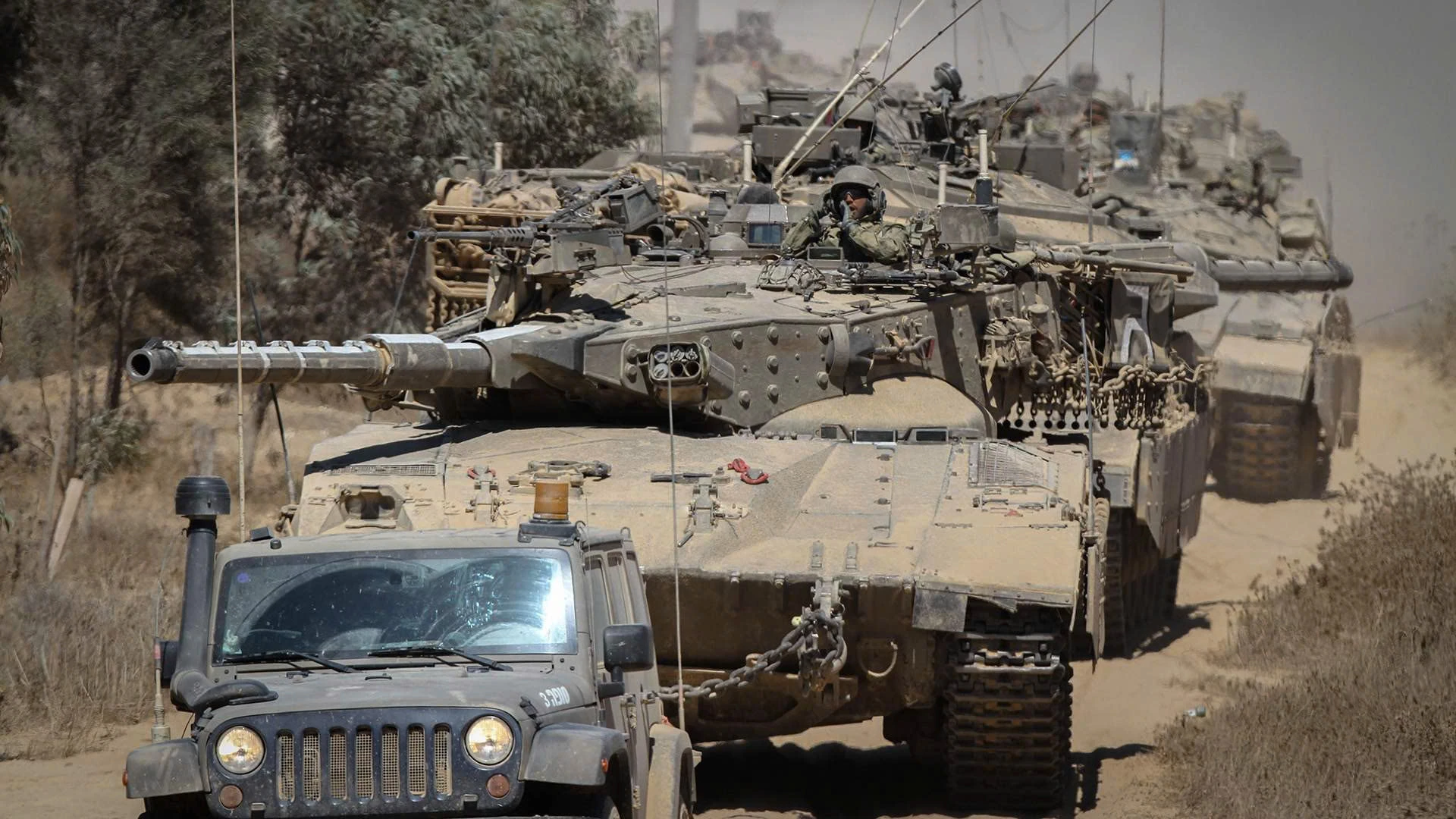




![[Photo] Prime Minister Pham Minh Chinh receives President of Cuba's Latin American News Agency](/_next/image?url=https%3A%2F%2Fvphoto.vietnam.vn%2Fthumb%2F1200x675%2Fvietnam%2Fresource%2FIMAGE%2F2025%2F12%2F01%2F1764569497815_dsc-2890-jpg.webp&w=3840&q=75)
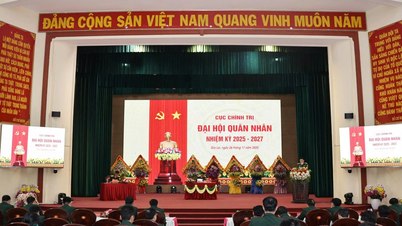



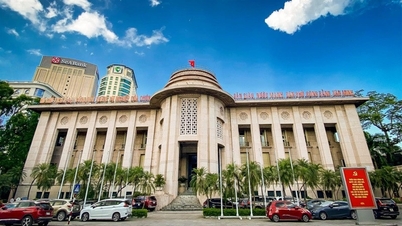

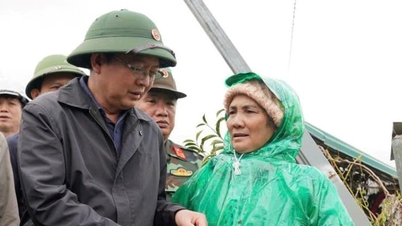

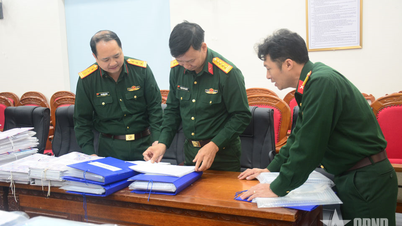




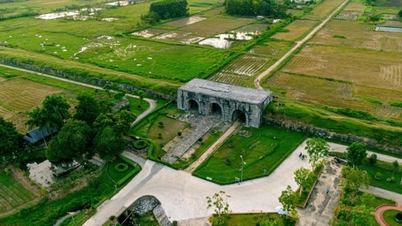
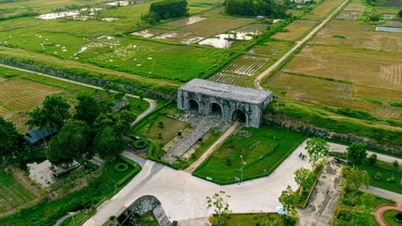
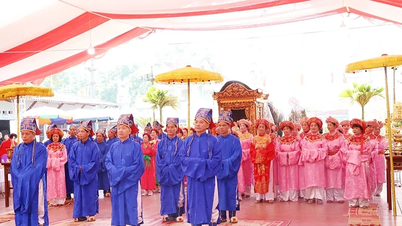










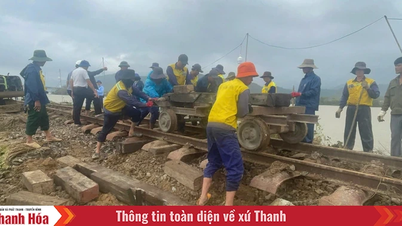







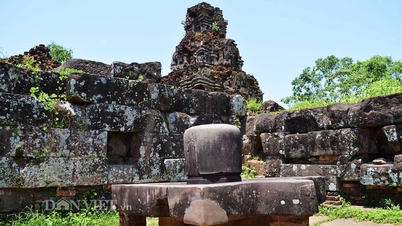







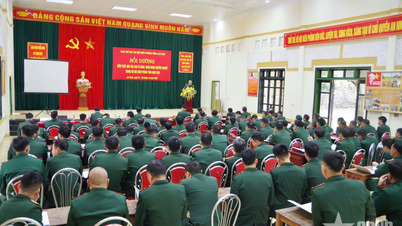








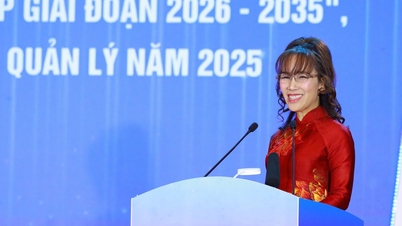



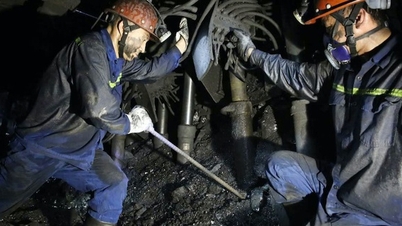



















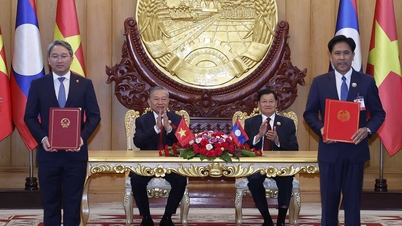
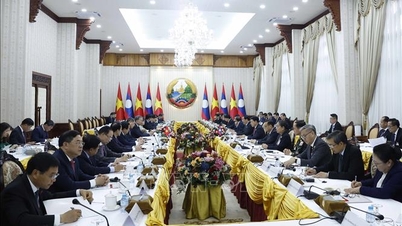



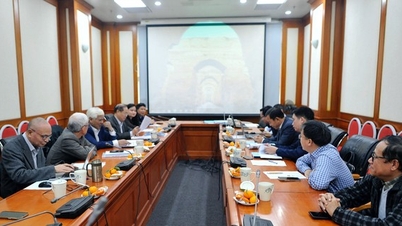
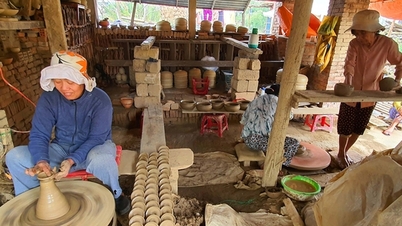


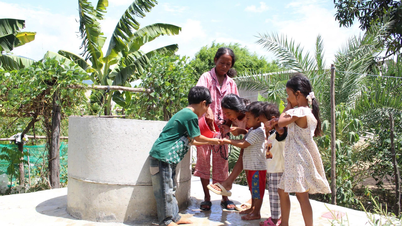


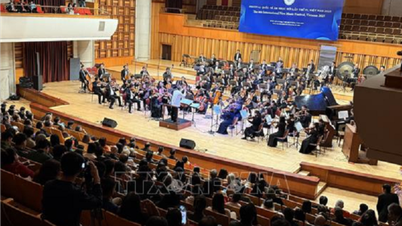

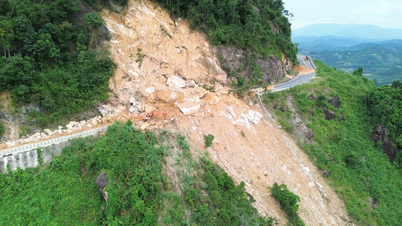
















Comment (0)